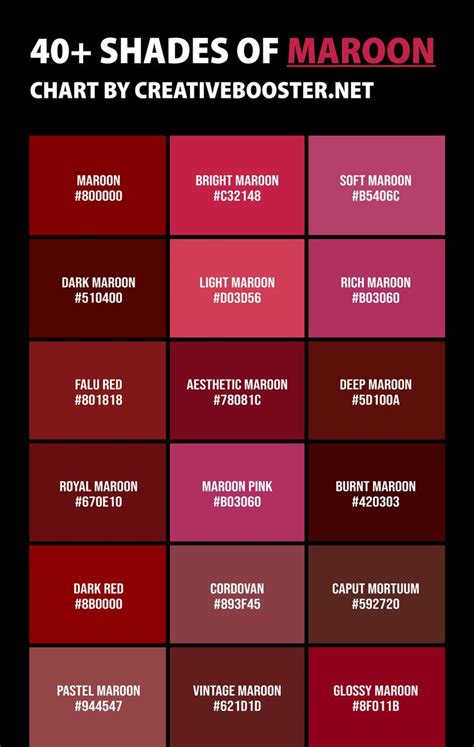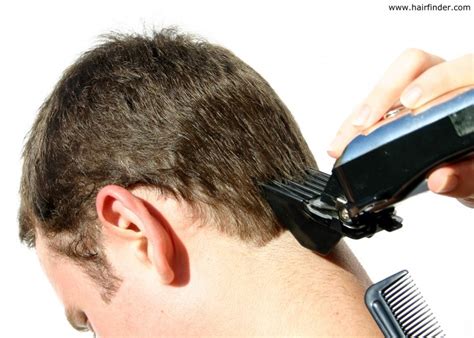Introduction

Hair clipping is a crucial aspect of maintaining a stylish and well-groomed appearance for men. With the advancement of technology, there are now a wide range of hair clippers available, catering to different hair types, lengths, and cutting styles. In this comprehensive guide, we will delve into the intricate art of hair clipping for men, providing practical tips, expert advice, and the latest techniques to help you achieve the perfect trim at home.
Understanding Hair Clippers
1. Blade Types
- Ceramic blades: Offer exceptional durability, sharper cuts, and are more resistant to rust and corrosion.
- Titanium blades: Hypoallergenic, lightweight, and produce very little heat for a comfortable clipping experience.
- Steel blades: Affordable, easy to sharpen, but require regular maintenance to prevent rusting.
2. Motor Power
- Rotary motors: Suitable for all hair types, including thick and coarse hair.
- Magnetic motors: Quiet, low-vibration, and ideal for delicate haircuts and detailing.
- Pivoting motors: Automatically adjust to the contour of the head for a more even cut.
3. Cordless or Corded
- Cordless: Provide greater freedom of movement, but require regular charging.
- Corded: More powerful and offer continuous use without interruption.
Choosing the Right Hair Clipper
1. Hair Type and Length
- Thick or coarse hair: Rotary motor with ceramic or titanium blades.
- Thin or fine hair: Magnetic motor with steel or ceramic blades.
- Short hair: Clippers with adjustable guide combs for precise trimming.
- Long hair: Clippers with wider blades and longer guide combs.
2. Budget
Hair clippers range in price from entry-level models to professional-grade devices. Determine your budget and choose a clipper that meets your needs and expectations.
3. Features
Consider additional features such as adjustable blade speeds, digital displays, self-sharpening blades, and ergonomic handles for comfort.
Hair Clipping Techniques
1. Prepare Your Hair
- Wash and dry your hair to remove any dirt or oils.
- Comb through your hair to detangle any knots.
2. Section Your Hair
- Divide your hair into smaller sections for easier clipping.
3. Choose the Right Guide Comb
- Select a guide comb that corresponds to the desired length of your haircut.
4. Start Clipping
- Hold the clipper against your hair, parallel to the scalp.
- Move the clipper slowly and evenly in the direction of hair growth.
- Overlap each stroke to ensure a smooth transition.
5. Edge and Detail
- Use a clipper with a smaller blade or no guide comb to define edges and create detail.
Common Mistakes to Avoid
- Clipping against the grain: Can cause hair breakage and irritation.
- Using dull blades: Dull blades can tug at hair, resulting in an uneven cut.
- Overlapping too much: Can create lines or patches in your hair.
- Cutting without a guide comb: Can result in a choppy or uneven haircut.
Why Hair Clipping Matters
- Professional appearance: A well-groomed haircut can enhance your image and make you appear more professional.
- Improved hygiene: Regular hair clipping removes dead ends and debris, promoting healthier hair growth.
- Versatility: Hair clippers allow you to experiment with different hair lengths and styles, from short buzz cuts to longer tapers.
- Cost-effective: Home hair clipping can save you significant money compared to regular barbershop visits.
Benefits of Hair Clipping
- Enhanced self-confidence: Feeling good about your appearance can boost your self-esteem.
- Time-saving: Home hair clipping is a convenient and time-efficient way to maintain your haircut.
- Stress relief: The act of grooming can be therapeutic and reduce stress levels.
- Experimented hairstyles: Hair clippers empower you to create unique and personalized haircuts tailored to your preferences.
FAQs
1. How often should I clip my hair?
The frequency of hair clipping varies depending on the desired length and growth rate of your hair. However, as a general rule, it is recommended to clip your hair every 2-3 weeks.
2. What is the best way to clean a hair clipper?
After each use, disassemble the blade and clean it with a soft brush and rubbing alcohol. Refer to the manufacturer’s instructions for proper cleaning and maintenance.
3. Can I use a hair clipper to shave my face?
While some hair clippers can be used for beard trimming, they are not designed for shaving the face. Using a hair clipper for shaving can cause skin irritation and razor burn.
4. What are the latest trends in hair clipping?
Popular hair clipping trends include the fade haircut, the undercut, and the pompadour. These styles can be achieved using a variety of hair clippers and guide combs.
5. How can I improve my hair clipping skills?
Practice makes perfect. Experiment with different clipping techniques, guide combs, and hair lengths. Seek feedback from friends or family to refine your skills.
6. What are some useful tips for beginners?
Start with a longer guide comb and gradually decrease the length. Clip in the direction of hair growth. Overlap each stroke to avoid lines or patches. Practice on a mannequin or wig before cutting your own hair.
Innovative Hair Clipping Applications
1. Precision Sculpting
Hair clippers, combined with high-tech software, are being used to create intricate and geometric hairstyles, such as the “city skyline” and the “decimal cut.”
2. Hair Art
Artists are using hair clippers as tools to create unique and expressive designs on the scalp. This emerging art form is known as “hair graffiti.”
3. Hair Restoration
Hair clippers are essential in the procedure of hair transplantation, which involves harvesting and transplanting healthy hair follicles to restore areas of hair loss.
Tables
| Blade Type | Pros | Cons |
|---|---|---|
| Ceramic | Durable, sharp, rust-resistant | Expensive |
| Titanium | Hypoallergenic, lightweight, low heat | Not as durable as ceramic |
| Steel | Affordable, easy to sharpen | Requires regular maintenance |
| Motor Type | Pros | Cons |
|---|---|---|
| Rotary | Powerful, suitable for thick hair | Noisy, higher vibration |
| Magnetic | Quiet, low vibration | Less powerful |
| Pivoting | Even cuts, follows head contour | More expensive |
| Guide Comb Sizes | Length (inches) |
|---|---|
| #1 | 1/16 |
| #2 | 1/8 |
| #3 | 1/4 |
| #4 | 1/2 |
| #5 | 5/8 |
| #6 | 3/4 |
| #7 | 7/8 |
| Common Haircuts | Guide Combs |
|---|---|
| Buzz Cut | #0 |
| Short Fade | #1, #2 |
| Medium Fade | #3, #4 |
| Long Fade | #5, #6 |
| Pompadour | No guide comb, clipper over comb |
